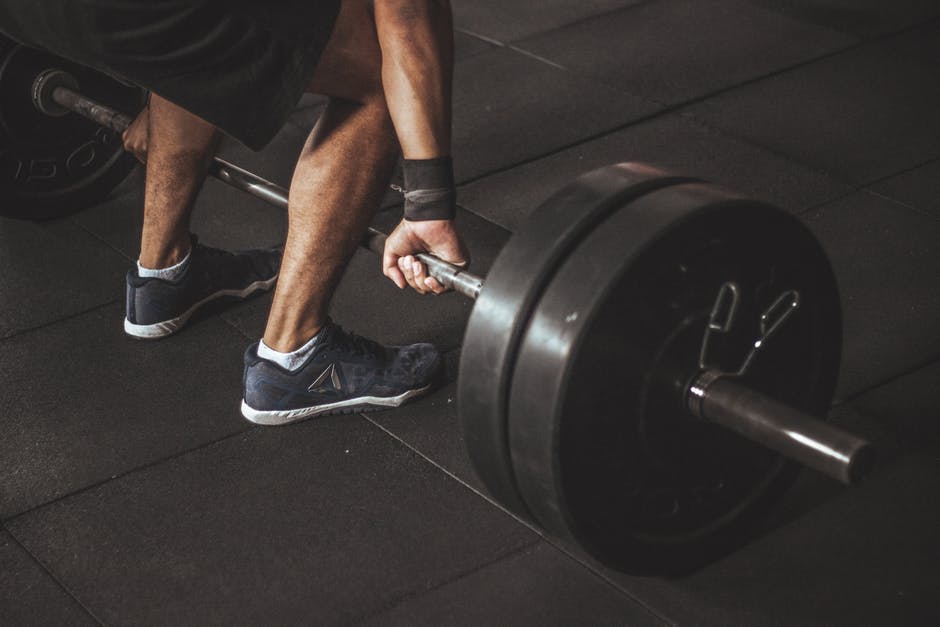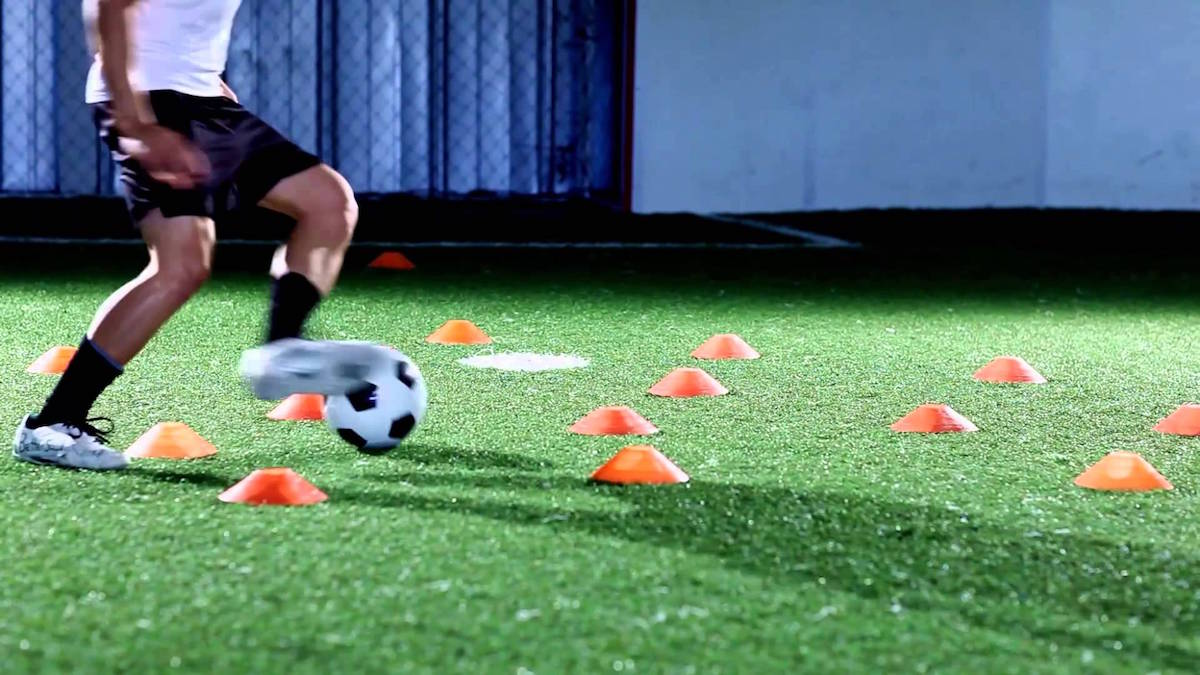As of this writing I’m a 47-year old fart who besides coaching and teaching still tries to work out daily to keep in shape. The nature of those workouts have changed a lot since I started down this road at the age of 14. Despite that, I still work on fundamental lifts (pull, press, clean, squat, row), being strong, and being able to use it. In my case, I have never stopped working out. I’ve had interruptions due to illness and injury, but I’ve been doing this for 33 years now.
In the Journal of Applied Physiology, Unhjem et al have an article which looked at the impact of a lifetime of strength training in master’s athletes. In this study, the authors studied 11 master’s powerlifters and Olympic lifts, with a mean age of over 70 and (on average) over 34 years of training experience and still training six hours a week. They compared these athletes with sedentary older individuals, recreationally active older individuals (all averaging around 70 years of age), and young moderately active subjects (average age around 22).
Subjects were compared for maximal oxygen consumption, leg press 1-RM and rate of force development, plantar flexion maximum voluntary contraction, and plantar flexion response to muscle stimulation. In other words, with the exception of the aerobic fitness tests the others are looking at how the muscles and nervous systems function in all populations.
Results:
- The strength athletes had a 1-RM on the leg press that was almost 50% higher than the active older adults, almost 80% higher than the sedentary individuals, and almost 30% higher than the active young group.
- In the strength athletes, the leg press rate of force development was almost 160% faster than the active older adults, almost 180% faster than in the sedentary older adults, and almost 55% faster than the active younger adults.
- In the strength athletes, the plantar flexor MVC was almost 30% stronger than the active older adults, almost 25% stronger than the younger adults.
- In the strength athletes, the plantar flexion rate of force development was almost 95% higher than the sedentary adults, almost 90% higher than the active older adults.
- Thigh muscle volume was also greater in the strength athletes than the other populations.
In other words, the master’s strength athletes have been able to use strength training to mitigate the impact of aging. It does still occur, but the lifetime of strength training results in larger, stronger muscles, more power, and more strength. This is due to a combination of increased muscle mass (thigh volume) and increased performance of the athlete’s nervous system.
Performance does decline with age. Strength decreases, muscle mass decreases, power decreases. This is true even if you continue training. However, it continues to put you ahead of your peers that don’t train and (in the case of this study) it even puts you ahead of younger individuals who don’t train.
Unhjem, R., Nygard, M., van den Hoven, L.T., Sidhu, S.K., Hoff, J., and Wang, E. (2016). Lifelong strength training mitigates the age-related decline in efferent drive. Journal of Applied Physiology, 121, 415-423.


